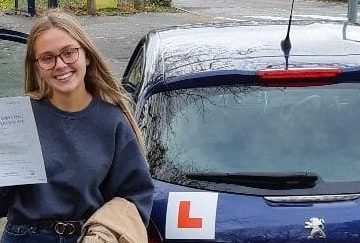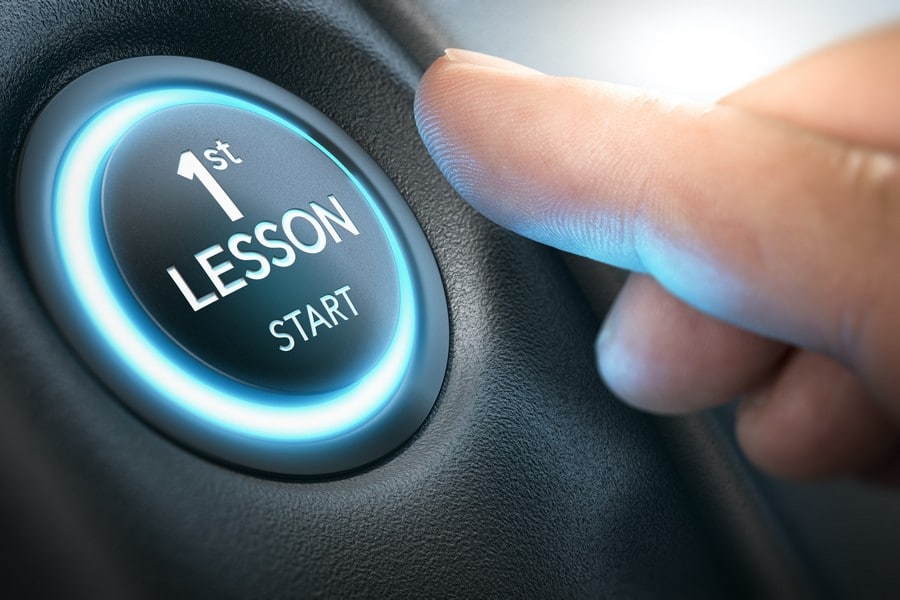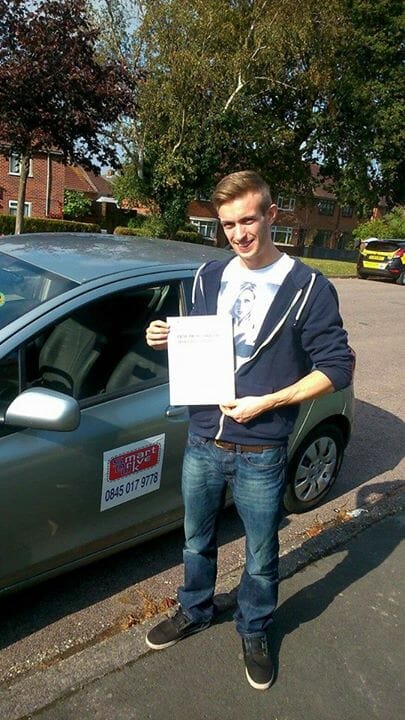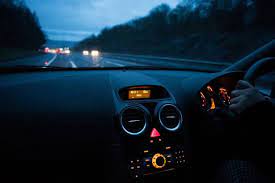
You need to complete several major steps before becoming a fully qualified driver. Before you can book your practical driving test, you must pass your theory test. To continue, you’ll need to attend driving lessons, build up basic skills, and eventually progress to more advanced driving techniques.
The driving test is the final step of the journey. Although you may not know it, you must come prepared. Now that you’ve put in all that time and effort, you’re ready to take the driving test! You need to take some essential things with you on the big day to ensure that everything goes according to plan. To ensure that your driving test goes well, you should prepare as much as you can. Having forgotten any of the necessary items may prevent you from sitting for the driving test.
Take a moment to read our checklist and make sure you don’t fall victim to this. This guide will provide you with all the information you’ll need for your practical test so that all you have to do is relax and look forward to it. Read on for the full scoop!
What you should bring to the test?
When you are awaiting your driving test, it can take several weeks or even months depending on the waiting times at your local driving test centres. Prepare in advance to avoid having your test cancelled. In addition to being frustrating, a cancelled exam will cause you to lose time and increase your expenses, so you may want to prepare ahead of time.
The following items must be brought with you on your driving test:
Theory test pass certificate
You must obtain your driving theory test within the past two years to take your practical driving test. Theory tests passed more than two years ago are no longer valid, and you must retake the theory test before taking your practical test.
The theory test certificate will be issued to you. You will use this number when booking your driving test. There is no way to schedule a driving test without passing the theory test first.
A pass certificate from a theory test is very rarely requested during the practical exam. But you can never be too sure. If you need to provide the DVSA with a theory test pass number, or examiners need it to verify your status, having this number on hand could be useful.
You could always make a note of your pass number if you prefer not to carry your theory test certificate. You can then give the examiner the number if he needs it.
Provisional driving licence
To take your driving test, you need to have your provisional licence with you. Although this may seem like common sense, it is still worth being aware of. You will be asked to show it to the driving examiner when you first meet them at the test centre waiting area. So, before you leave the house, you’ll need to check your wallet or purse to make sure it’s there.
You will not be permitted to sit the driving test without a provisional license, which confirms that you are legally allowed to be on the road.
For your provisional license to be valid, it has to be current; you will need to renew it every ten years.
If you relocated recently and have the wrong address on your provisional license, it’s not a problem. The DVLA can update your details once you’ve passed your test.
It cannot be overemphasized how crucial it is that you bring your provisional license. Hence, if you’re prone to forgetting things, do what you can to avoid it. Make sure you remember by setting a phone reminder, getting your driving instructor to text you beforehand, or writing reminders on sticky notes.
Driving tests cannot be taken if you forget them. The driving test fee can be expensive, and the waiting list can be long, which makes it difficult to find a time that works for you.
If you have lost your provisional license and are 100% certain that it has not just been misplaced, then you must reapply. It might take up to 15 days to get it, so if your test falls on that date, schedule a new test date. You will not get a refund unless you notify the DVSA at least 5 working days in advance.
A confirmation of your booking
We expect that your test centre already has your booking on file; however, just in case, we recommend that you bring your confirmation along with you. To prepare for the very unlikely event that something goes wrong with your booking, be sure you have your confirmation number handy.
DVSA should send you a letter or an email confirming the driving test date, time, and location of your test as well as a reference number in connection with your booking. A day before your test, you can check your schedule by calling the test centre.
You need a car
If you want to take your driving test, you must have a car! However, sometimes things get mixed up. Some students occasionally schedule driving lessons without the instructors permission or knowledge only to be surprised shortly before the test that they can’t take the instructor’s vehicle to the test. In this case, they are forced to postpone their test – no refund will be given!
For most reputable driving schools, you’ll be using your instructor’s vehicle, unless you decide to use your own car. The policies of other training centres or instructors may differ, so you should check ahead.
Getting a car ready for a driving test will be your responsibility.
DVSA requires that your own vehicle meets certain strict requirements. If you plan to use your vehicle, make sure it meets those specifications. Additionally, your vehicle must be insured both before and after the test.
You won’t be covered by learner driver insurance once you become a qualified driver. Thus, it might be a good idea to choose an insurer that will let you change your insurance package once you’ve passed the driving test.
Contact lenses or glasses
In this case, it applies only if you are using glasses or contact lenses while driving. It’s an important issue to pay attention to.
Learning to drive requires passing a vision test before getting behind the wheel and heading out. If you are unable to see clearly, the driving examiner will not allow you to drive. Accidents are inevitable if you have difficulty spotting obstructions, signage, or other vehicles.
An examiner will take you out of the car park of the test centre to conduct the eyesight test. Then, you will be required to identify a registration plate at a distance of 20 metres. You will be given another chance if you do not succeed the first time. Your test will be cancelled if you fail a second time.
Additional considerations
Despite what it may sound like, a positive outlook can mean the difference between success and failure. You wouldn’t be allowed to take your test if your instructor was not confident in your general driving ability.
Don’t be afraid to do it. The results will amaze you. Many learners who have doubts that they will pass midway through a test have done well by being persistent and relaxed.
Don’t let your fears get the better of you. Stay confident.
You should remain calm, be patient, and keep in mind everything you have learned. Before your driving test, you might want to eat a banana or use a relief agent to let your nerves go. Be safe on the road!



